Downtown Brooklyn’s housing boom isn’t letting up – but how much new residential construction is too much? Anyone who passes through the Flatbush and Atlantic Avenue corridors has seen the changes; not just the buildings growing skyward, but also the increased foot and car traffic.
“It’s like everywhere you turn there’s a new building,” says Suzanne DeBrango, an agent at Halstead in Boerum Hill. “If you travel down Atlantic, you can’t make right turns at all, there’s so much construction. Brooklyn is becoming Manhattan.” Most of the developments are luxury rentals, DeBrango says, while a small number are condos.
New Towers...No Renters?
In recent months, three new towers have opened – and according to the New York Times, all are facing challenges leasing (https://www.nytimes.com/2017/03/03/realestate/downtown-brooklyn-rentals-ashland-hub.html). They include The Ashland at 250 Ashland Place, 300 Ashland, and the Hub at 333 Schermerhorn Street. And that’s not including the handful of apartment towers that have already opened in the past few years, plus those in the pipeline, including 9 Dekalb Ave., a 73-story building that will be the tallest in Brooklyn, and was approved by the Landmarks Preservation Commission in 2016.
The
glut of rentals is pushing prices down and forcing landlords to offer
freebies and perks, from free months on 12-month leases to no-fee
rentals. According to rental listings on StreetEasy, out of 233
apartments for rent in Downtown Brooklyn, 186 are no-fee.
According to DeBrango, one portion of the market that shouldn’t be too negatively impacted is the temporary sublet market. Short-term sublets are generally offered by condo and co-op owners, she says, and “There’s always a market for sublets and especially short-term sublets. [For] a lot of these condo and co-op owners, I don’t see it [as a problem]. I see the influx of these huge developments as more of an impact on the regular rental market.”
But
DeBrango also says rentals across the board will be affected, because
they just can’t offer what the new developments can. “Homeowners
who have had [rentals] for years don’t have the modern amenities,
and [the apartment] might be a little worn,” she says. “For
renters … if you can get a doorman, a workout room, whatever, in
the building, and then you show them a brownstone that doesn’t have
all that, well...”
And where will the effect of the glut of rentals be felt? In the wallet, of course. DeBrango says it took almost a year to find a renter for a one-bedroom parlor floor rental in a brownstone building with outdoor space in Boerum Hill. The apartment used to rent for $3,000 and the price has since dropped to $2,500.
Georgia Kral is a staff writer for The Cooperator.



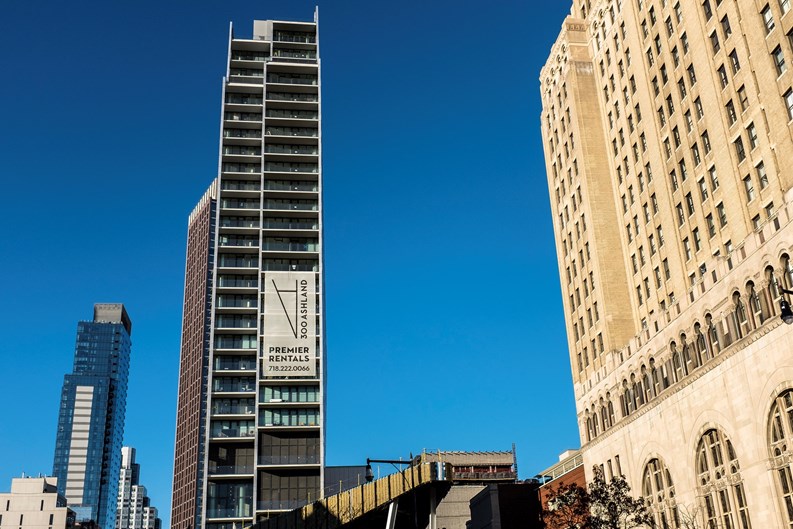

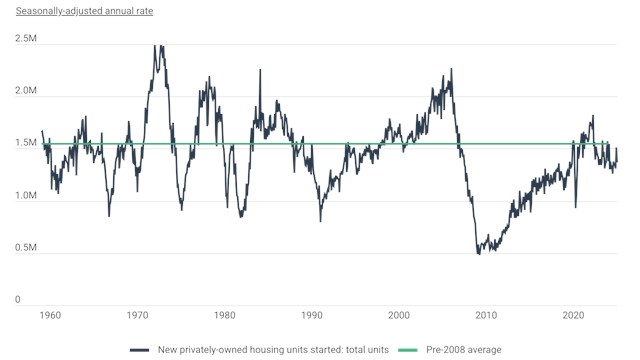
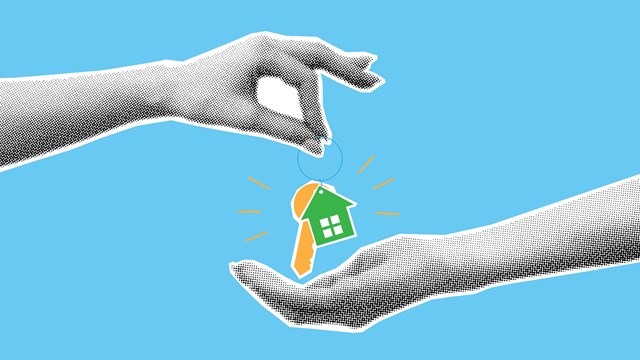
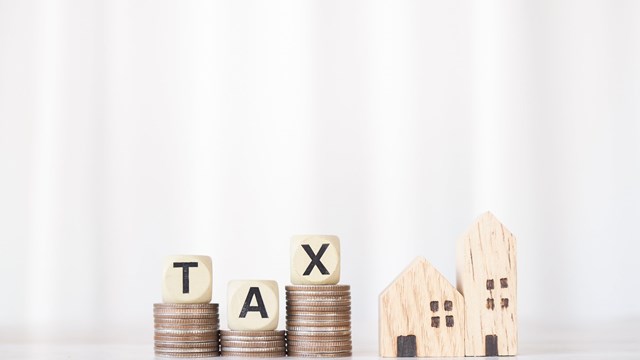
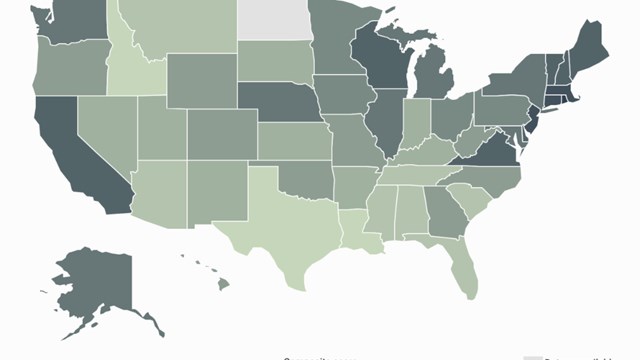

Leave a Comment